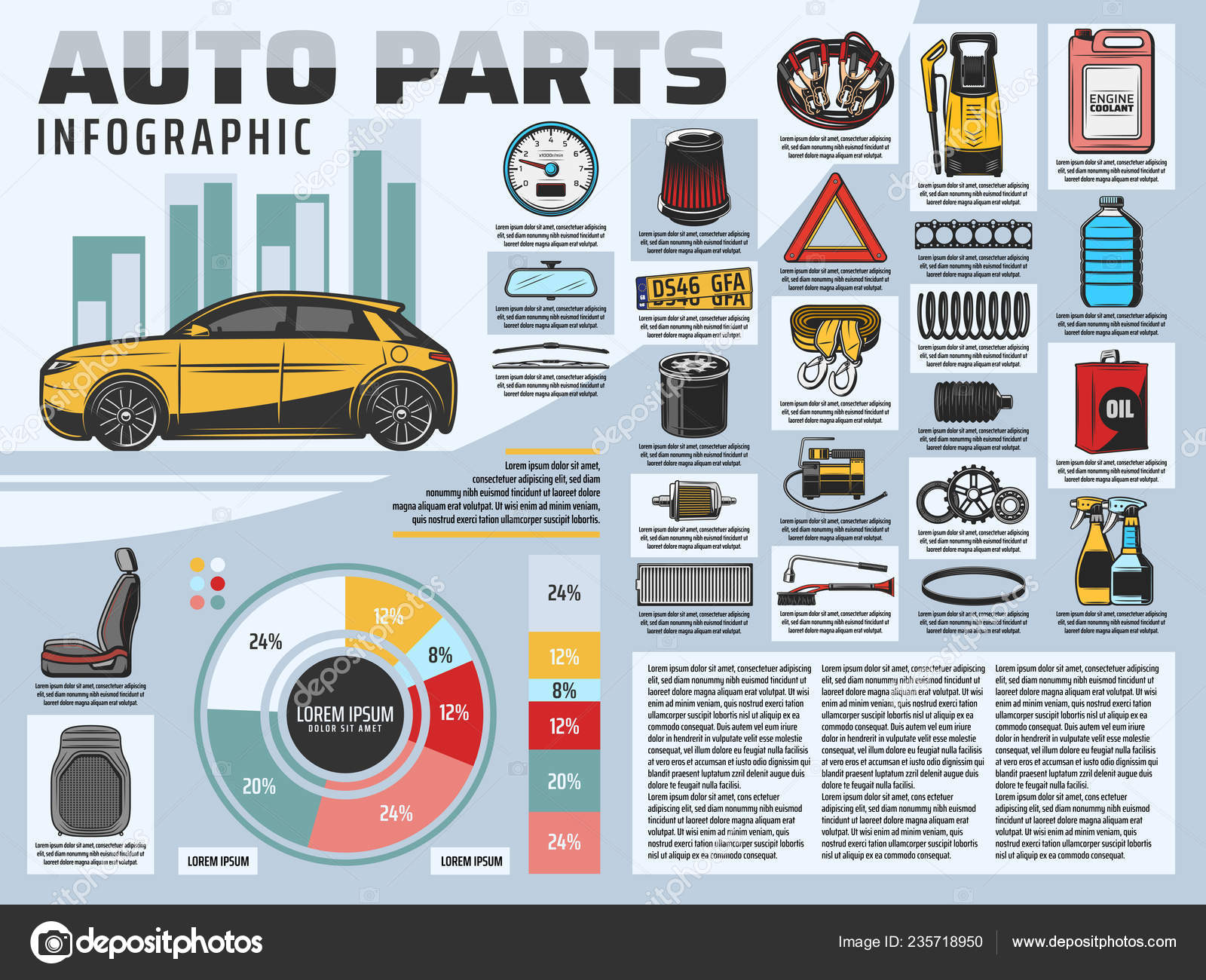Translating Your Auto'S Alert Lights: Their Real Effects
Translating Your Auto'S Alert Lights: Their Real Effects
Blog Article
Material Create By-Boye Corbett
When you lag the wheel, those glowing caution lights on your control panel can be a bit complicated. Do you recognize what they're trying to tell you regarding your auto's wellness? Comprehending the importance of these lights is essential for your safety and security and the longevity of your automobile. So, the following time one of those lights pops up, wouldn't you intend to understand its message properly and take the necessary steps to address it?
Common Caution Lights and Interpretations
Recognize common warning lights in your cars and truck and understand their definitions to ensure safe driving.
The most regular caution lights include the check engine light, which indicates problems with the engine or emissions system. If this light begins, it's essential to have your car examined promptly.
The oil stress warning light indicates reduced oil pressure, calling for immediate interest to avoid engine damages.
A blinking battery light may recommend a malfunctioning billing system, possibly leaving you stranded otherwise attended to.
Suggested Website (TPMS) light alerts you to low tire pressure, impacting lorry stability and fuel efficiency. Ignoring this could lead to unsafe driving conditions.
The abdominal light shows an issue with the anti-lock stopping system, compromising your capability to stop rapidly in emergency situations.
Finally, the coolant temperature level warning light warns of engine getting too hot, which can lead to serious damages otherwise solved promptly.
Recognizing these typical caution lights will certainly aid you resolve concerns promptly and maintain risk-free driving conditions.
Importance of Prompt Focus
Comprehending the usual caution lights in your car is only the primary step; the value of promptly resolving these warnings can't be stressed enough to guarantee your safety and security on the road.
When a caution light illuminates on your control panel, it's your cars and truck's method of interacting a prospective problem that requires interest. Overlooking these warnings can result in more serious problems down the road, jeopardizing your safety and potentially costing you extra out of commission.
Motivate interest to warning lights can stop malfunctions and accidents. For example, a blinking check engine light could show a misfire that, if left unattended, might cause damages to the catalytic converter. Addressing this immediately can save you from a pricey repair work.
In a similar way, a brake system advising light could indicate low brake fluid or used brake pads, essential elements for your safety and security when driving.
Do It Yourself Troubleshooting Tips
If you observe a caution light on your control panel, there are a couple of do it yourself repairing suggestions you can attempt prior to looking for professional help.
The primary step is to consult your vehicle's manual to comprehend what the certain caution light indicates. Sometimes the concern can be as simple as a loose gas cap triggering the check engine light. Tightening up the gas cap might deal with the problem.
An additional typical problem is a reduced battery, which can activate various warning lights. Checking the battery links for rust and guaranteeing they're safe and secure might fix the issue.
If a warning light lingers, you can attempt resetting it by detaching the vehicle's battery for a few mins and afterwards reconnecting it. Additionally, examining your car's fluid levels, such as oil, coolant, and brake liquid, can assist troubleshoot cautioning lights associated with these systems.
Conclusion
To conclude, comprehending your auto's caution lights is important for keeping your vehicle running smoothly and safely. By without delay attending to these signals and recognizing what they suggest, you can prevent costly repair services and possible malfunctions.
Remember to consult mouse click the following web page for certain details on each cautioning light and act appropriately to ensure a hassle-free driving experience.
Remain informed, stay risk-free when traveling!
